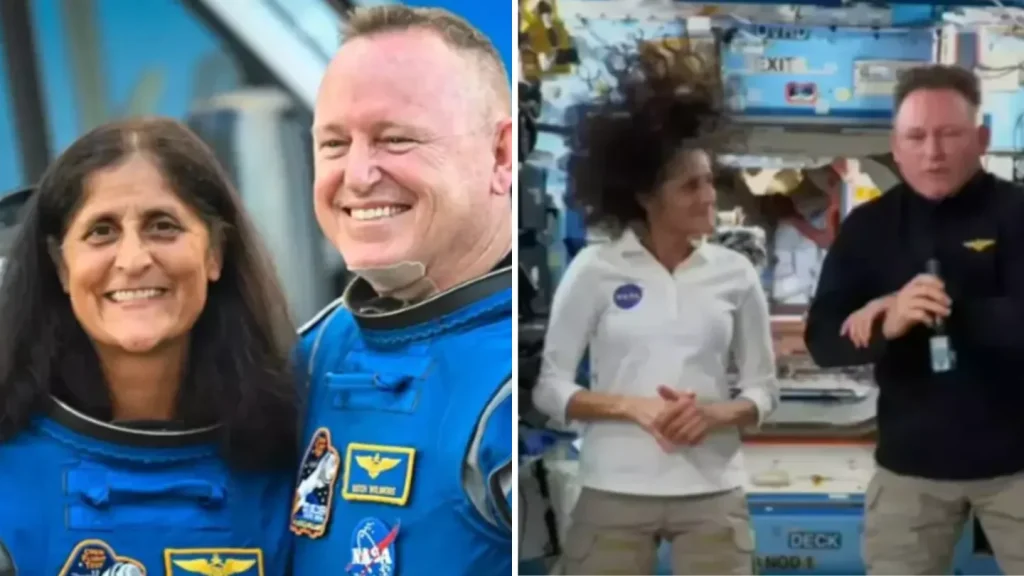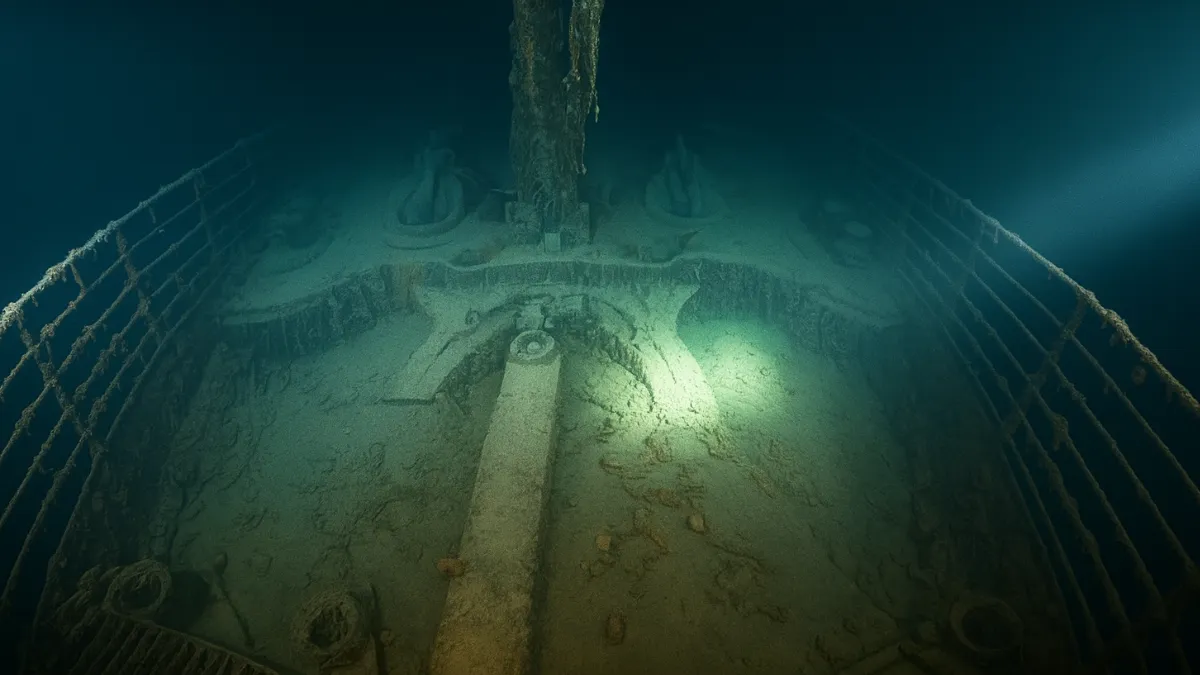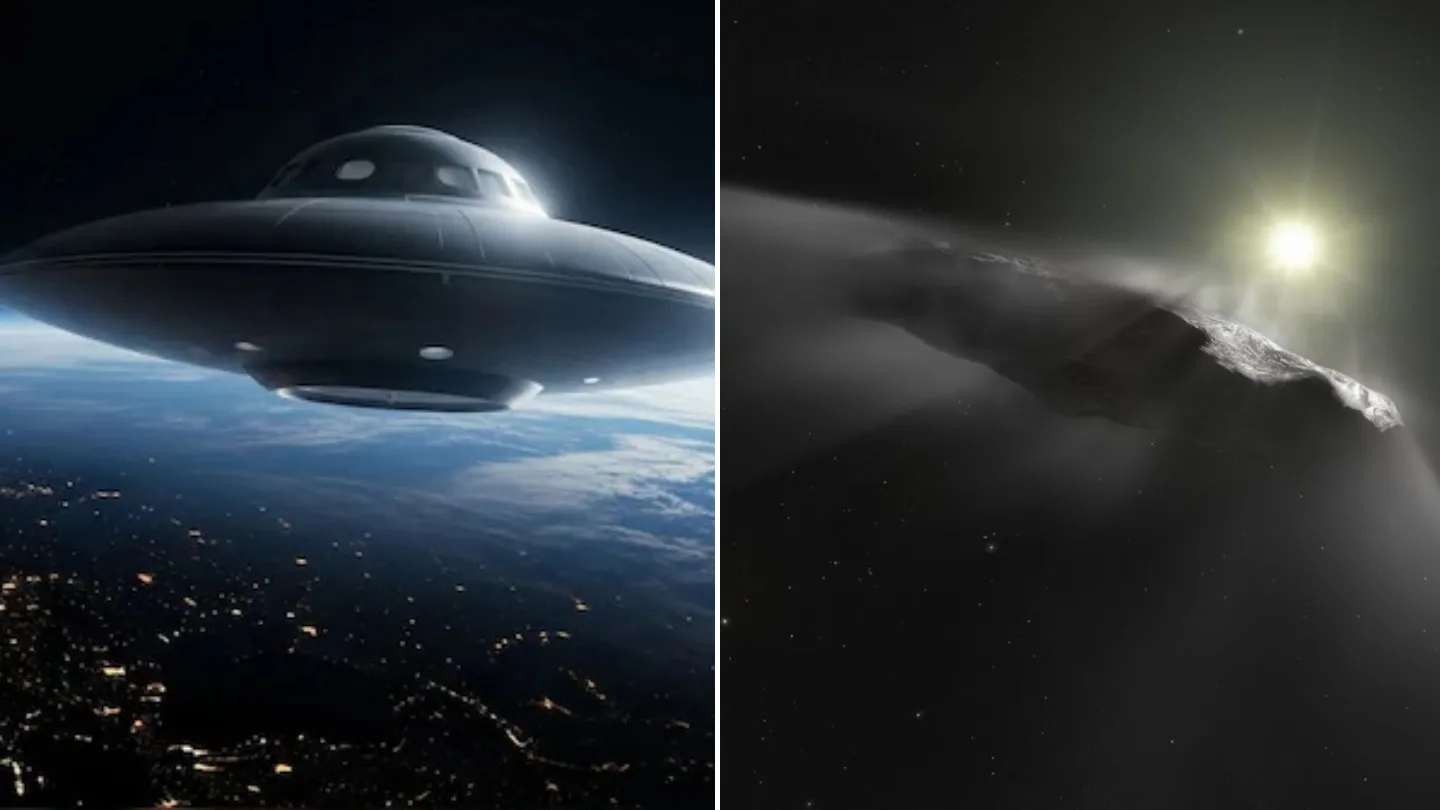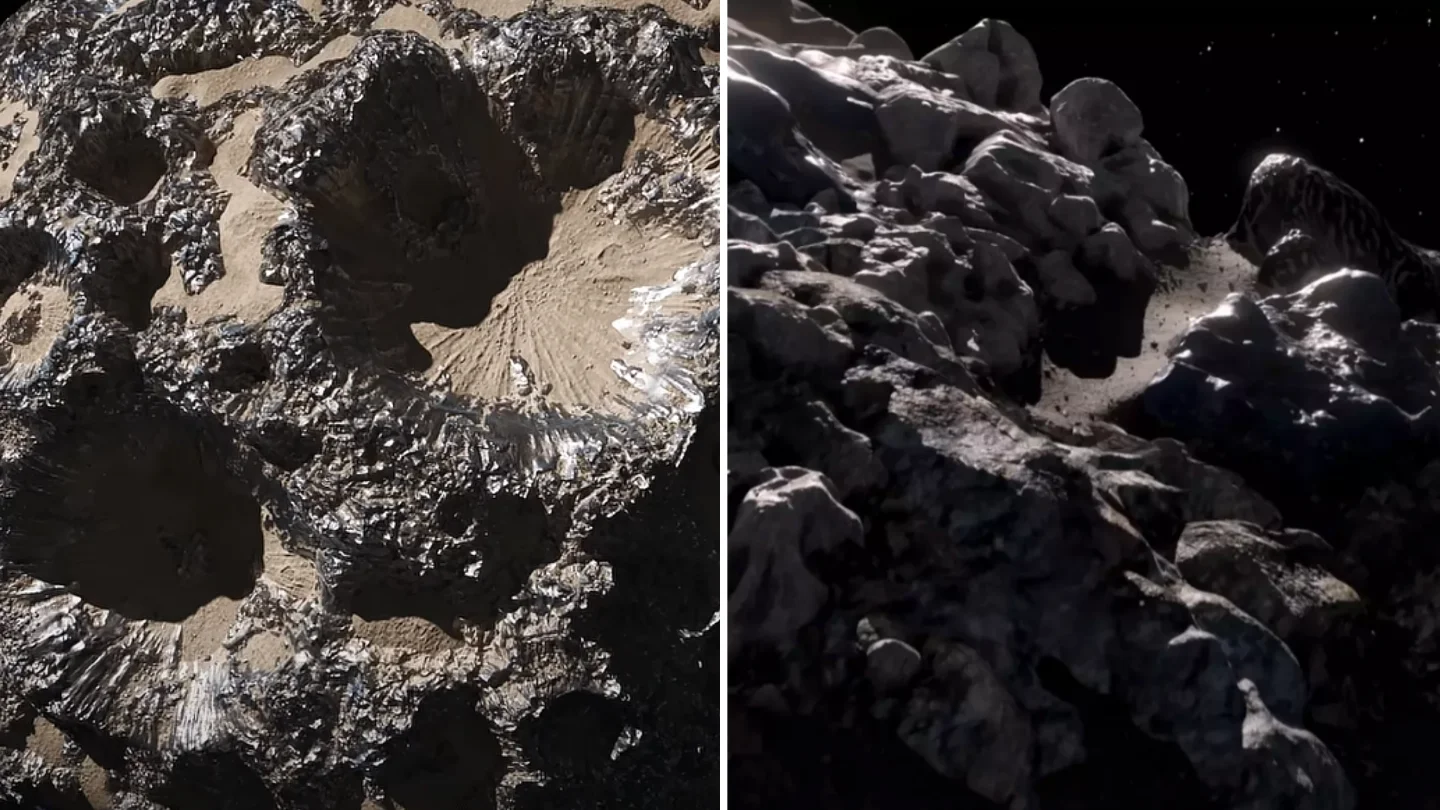The serene expanse of outer space is a marvel, but for astronauts Butch Wilmore, 61, and Sunita Williams, 59, it has turned into an unplanned endurance test.
Their eight-day mission aboard Boeing’s Starliner spacecraft, which launched on June 5, 2024, was supposed to be straightforward: dock at the International Space Station (ISS), conduct essential tests, and return home.
However, fate had other plans, and their journey has now stretched into six grueling months.
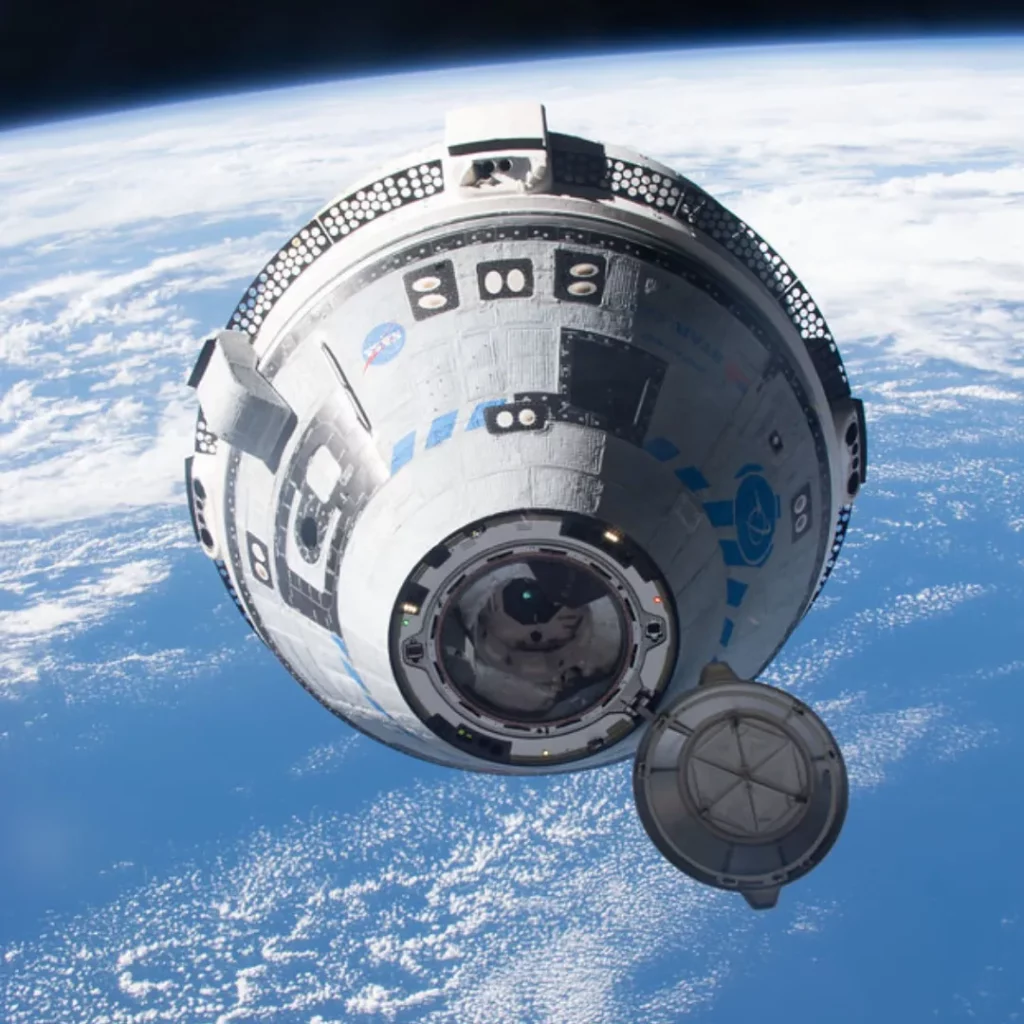
Technical malfunctions aboard their spacecraft—helium leaks and thruster issues—made their return to Earth too risky. As a result, the astronauts have been living on the ISS, relying on its resources to navigate this unexpected challenge.
The duo is slated for rescue in February 2025 via a SpaceX Dragon craft, but until then, their story is one of adaptability and resilience.
The ISS, orbiting 254 miles above Earth, is designed for long missions but not quite like this. Initially, the astronauts enjoyed a diet that included fresh fruit, vegetables, roast chicken, and even pizza.
As time wore on, however, these luxuries disappeared, replaced by a far more restricted menu. Today, their meals consist of powdered milk, dehydrated casseroles, freeze-dried soup, and breakfast cereal.
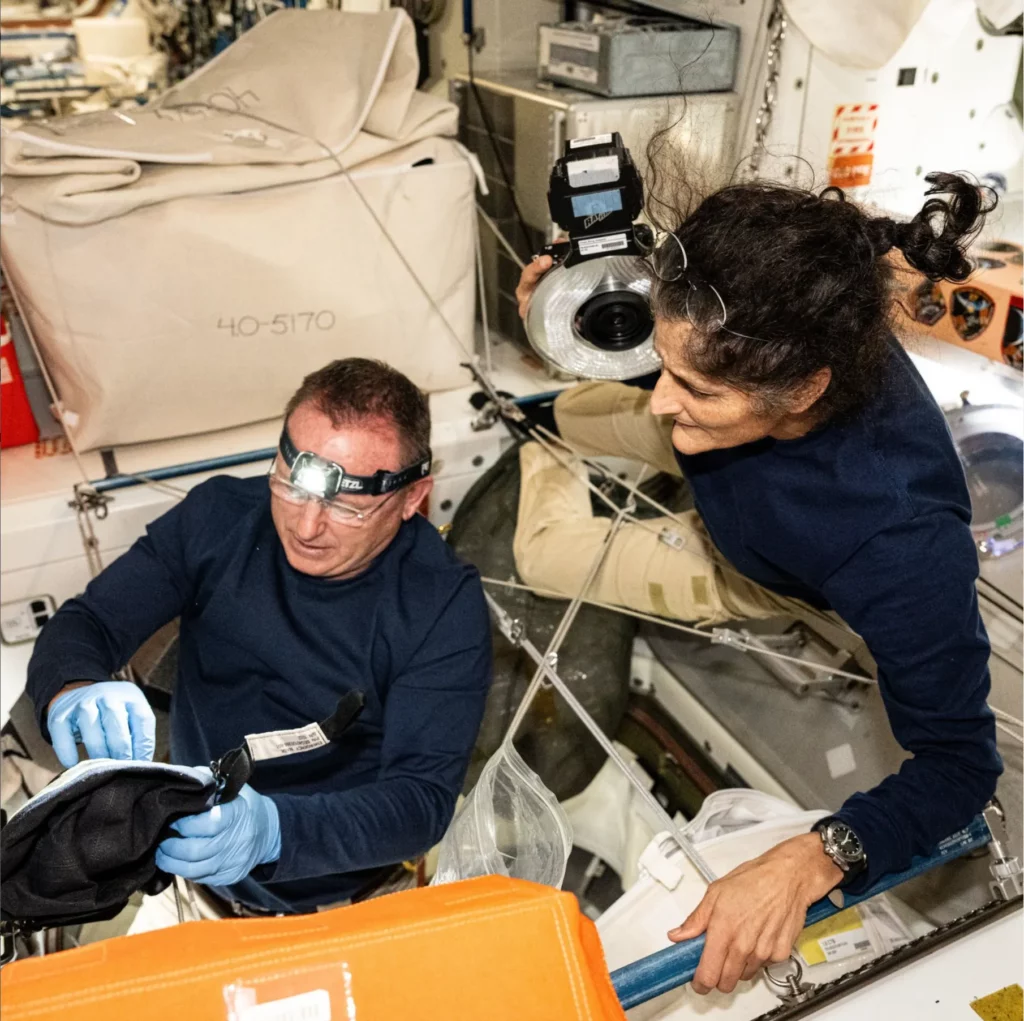
Long-term exposure to microgravity has visibly affected both astronauts, though NASA insists their health is not at risk.
Sunita Williams addressed public concerns about her appearance in a video released on November 12, explaining, “I’m actually right at the same amount [of weight].”
She attributed any perceived changes to the effects of microgravity, which can cause fluid shifts that make heads appear larger.
To counteract the physical toll of space living, both astronauts adhere to a rigorous exercise routine. “We’ve got a bike, a treadmill, and weightlifting equipment,” Williams shared.
“Weightlifting – which is not something I do all the time – has definitely changed me. My thighs are a little bigger, my butt is a little bigger. We do a lot of squats.” These efforts are critical for maintaining muscle mass and overall health during extended missions.
NASA remains vigilant, monitoring their nutrition and providing approximately 3.8 pounds of food per astronaut per day.
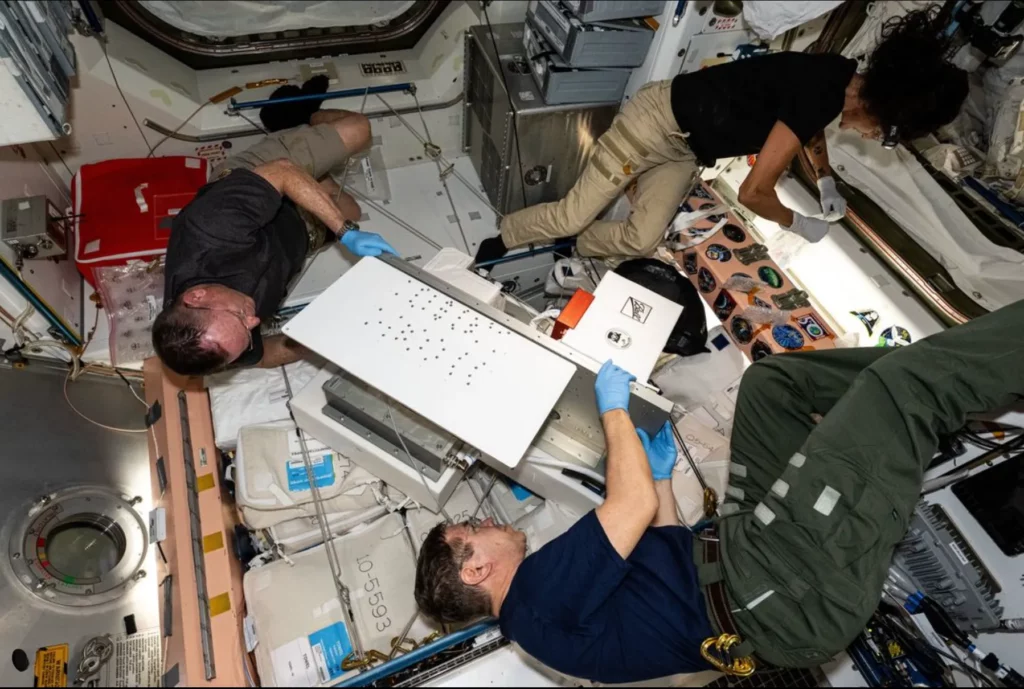
Emergency reserves on the ISS ensure they won’t run out of supplies, even during unexpected extensions like this one.
A NASA specialist clarified, “To be accurate, it should be very clear that any weight loss is not due to a lack of provisions on the ISS. There is plenty of food even for an extended mission.”
Their diet has captured public attention, but it is not just the limited menu that is remarkable. Meals prepared on the ISS include freeze-dried soup reconstituted with water processed from their own sweat and urine.
While the astronauts maintain a sense of humor about the situation, this dietary adjustment highlights the stark realities of space exploration.
The reality of their situation underscores the challenges of extended space missions.
From maintaining health in zero gravity to dealing with unexpected technical failures, their ordeal provides valuable lessons for future deep-space journeys.
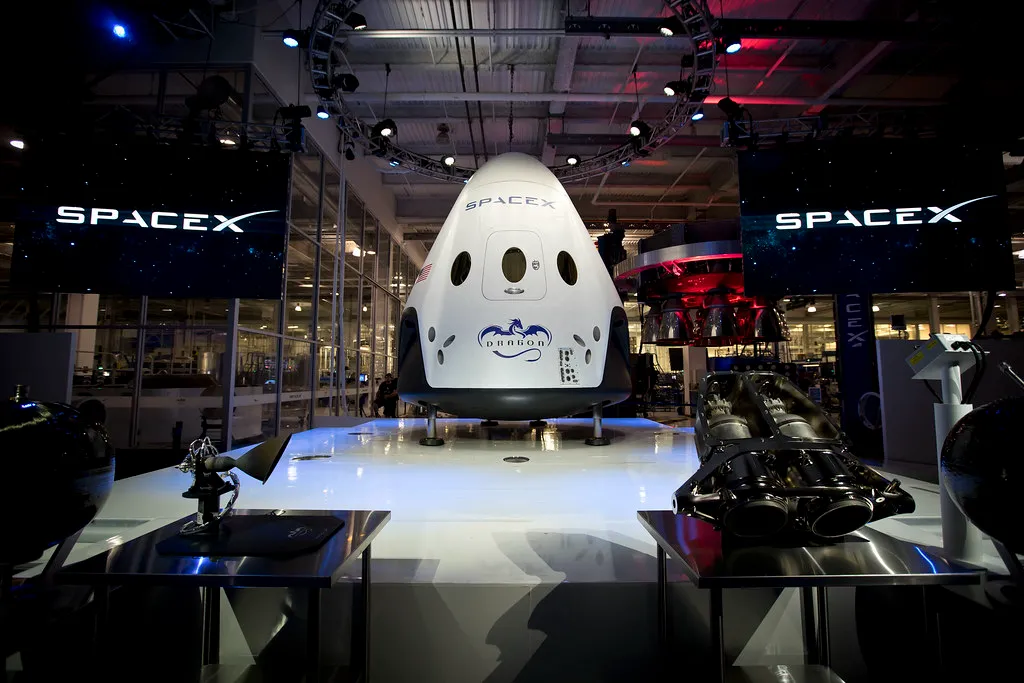
As NASA eyes missions to Mars and beyond, the resilience of Wilmore and Williams offers a glimpse into what such missions might demand.
The finish line is finally in view. NASA has scheduled a SpaceX Dragon craft to bring the astronauts back to Earth in February 2025.
Until then, the pair remains stranded in orbit, relying on their ingenuity, physical resilience, and perhaps an acquired taste for unconventional soup to see them through.
In a twist that has captured imaginations worldwide, the very water they drink and use to prepare their meals is recycled from their own sweat and urine.
Their survival on soup made with recycled pee is a testament to human innovation and adaptability, demonstrating the lengths to which space travelers must go to endure the unknown.
Featured Image Credit: (NASA)

